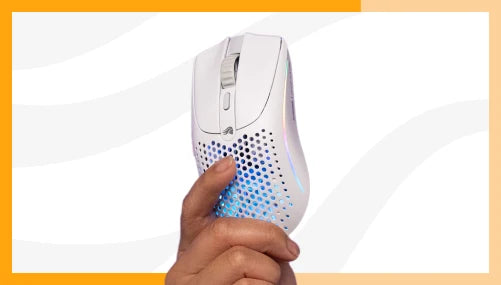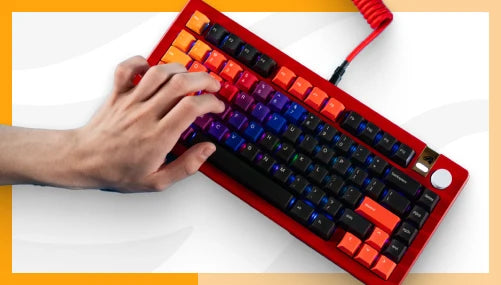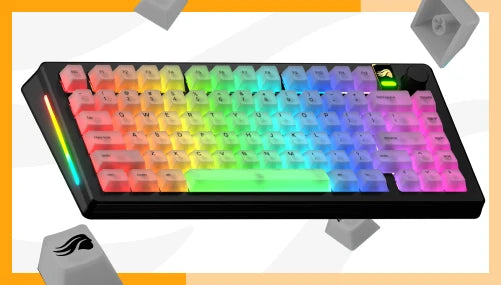With Glorious Lynx finally released into the wild, we felt it was the right time to discuss some valuable tips and tricks for getting the most out of this linear switch.
Like every other aspect of the keyboard community, these recommendations are purely subjective. Each keyboard, environment, typing surface, and user are unique. So, we suggest experimenting with your switches to find what you prefer!



